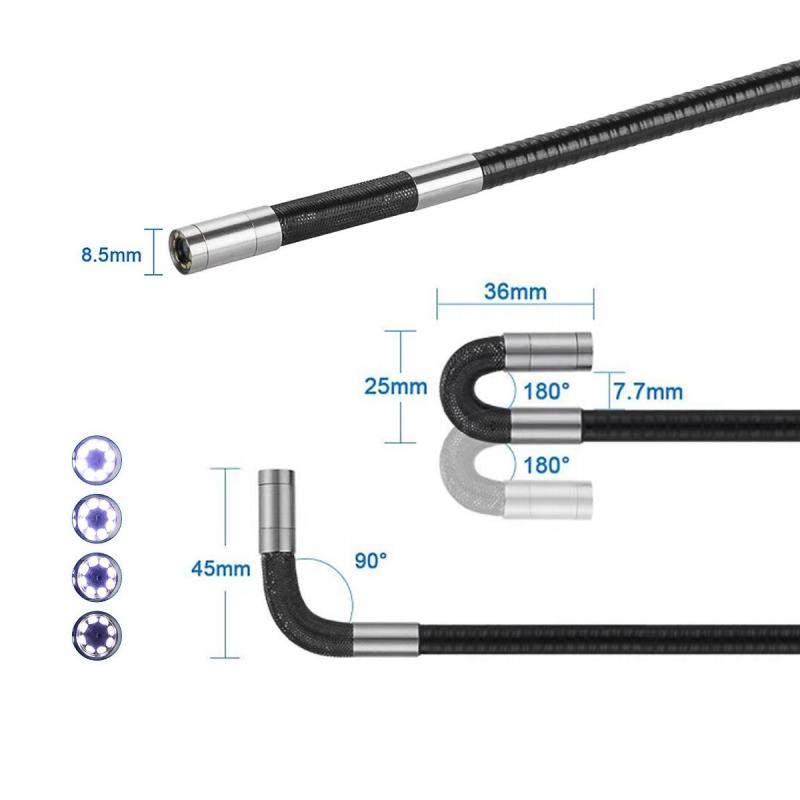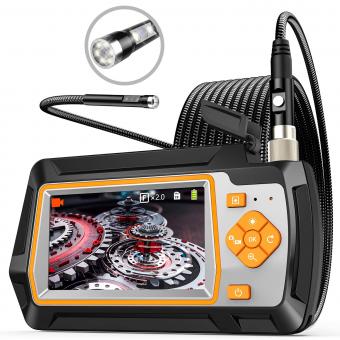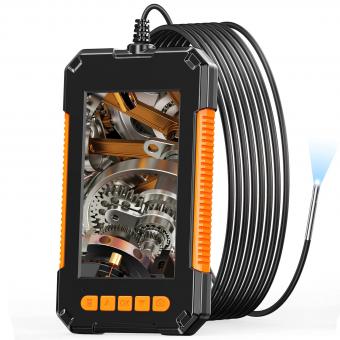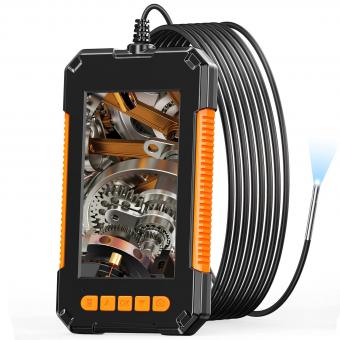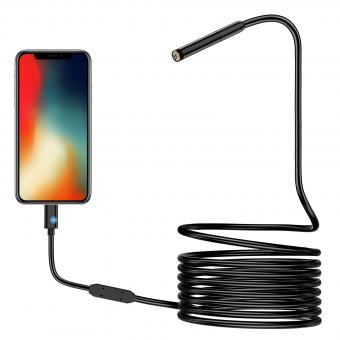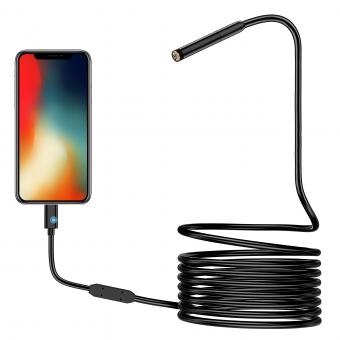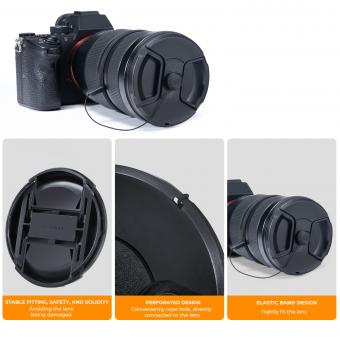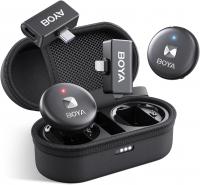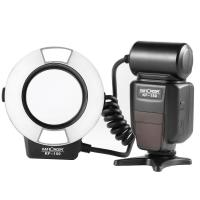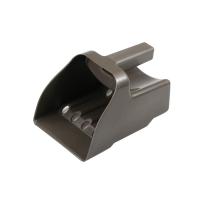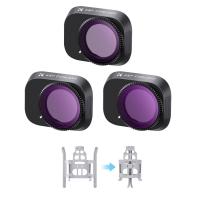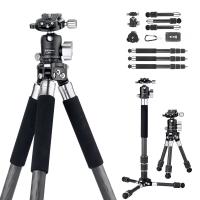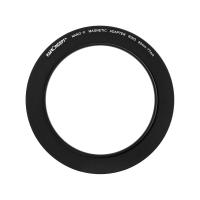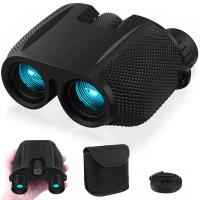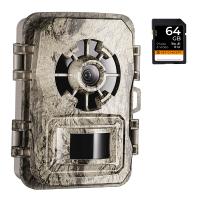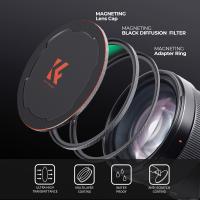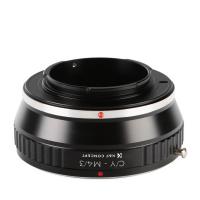What Is Size A Throat Endoscope ?
The size of a throat endoscope can vary depending on the specific model and manufacturer. However, most throat endoscopes have a diameter of around 5-10 millimeters and a length of 30-40 centimeters. The size of the endoscope is important as it needs to be small enough to fit comfortably into the patient's throat while still allowing the doctor to see the necessary areas. Additionally, the size of the endoscope can affect the level of discomfort experienced by the patient during the procedure. Therefore, manufacturers strive to create endoscopes that are as small and comfortable as possible while still providing high-quality images for the doctor to make an accurate diagnosis.
1、 Diameter of the endoscope
The size of a throat endoscope is typically measured by its diameter. The diameter of an endoscope refers to the width of the instrument's tube, which is inserted into the patient's throat to examine the area. The diameter of a throat endoscope can vary depending on the specific model and manufacturer, but it typically ranges from 3mm to 10mm.
The size of the endoscope is an important factor to consider when selecting the appropriate instrument for a particular procedure. A smaller diameter endoscope may be preferred for patients with a narrow throat or for procedures that require a more delicate touch. On the other hand, a larger diameter endoscope may be necessary for patients with a wider throat or for procedures that require a more robust instrument.
Advancements in technology have led to the development of smaller and more flexible endoscopes, which can provide better visualization and access to hard-to-reach areas. Additionally, some endoscopes now incorporate advanced imaging technologies, such as high-definition cameras and 3D imaging, which can improve diagnostic accuracy and patient outcomes.
In summary, the size of a throat endoscope is typically measured by its diameter, which can vary depending on the specific model and manufacturer. Advances in technology have led to the development of smaller and more flexible endoscopes, which can provide better visualization and access to hard-to-reach areas.
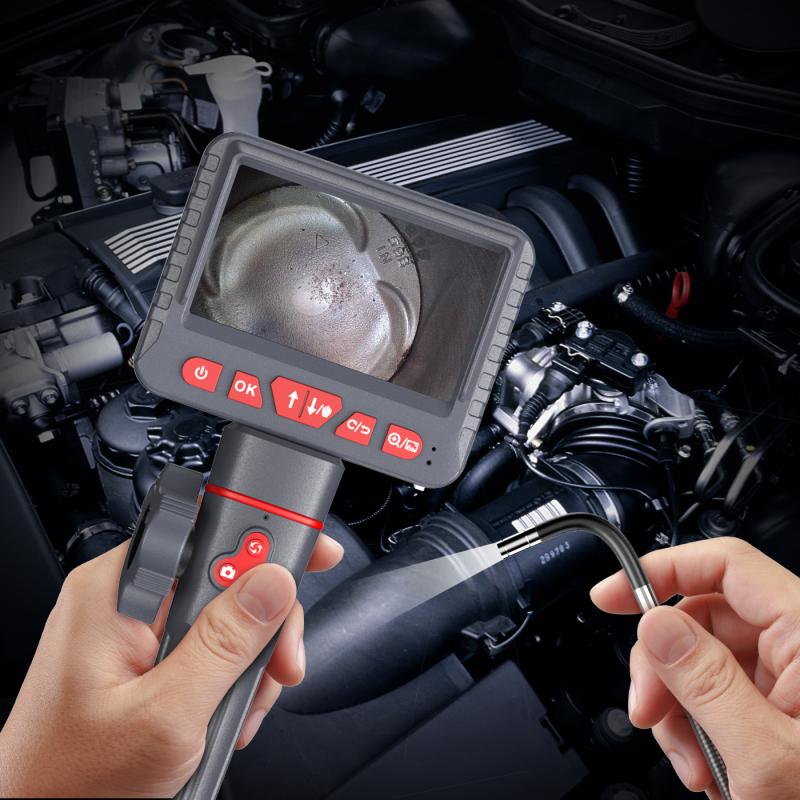
2、 Length of the endoscope
The size of a throat endoscope can vary depending on the specific model and manufacturer. However, the most important factor to consider when it comes to the size of a throat endoscope is the length of the endoscope itself. The length of the endoscope typically ranges from 30cm to 60cm, with some models being longer or shorter.
The length of the endoscope is important because it determines how far into the throat the endoscope can reach. A longer endoscope can reach deeper into the throat, allowing for a more thorough examination. However, a longer endoscope can also be more difficult to maneuver and may cause discomfort for the patient.
In recent years, there has been a trend towards smaller and more flexible endoscopes. These endoscopes are easier to maneuver and can be less uncomfortable for the patient. Additionally, smaller endoscopes can be used on pediatric patients or patients with smaller throats.
Overall, the size of a throat endoscope is an important consideration when choosing an endoscope for a specific patient or procedure. The length of the endoscope is the most important factor to consider, but other factors such as flexibility and diameter should also be taken into account.
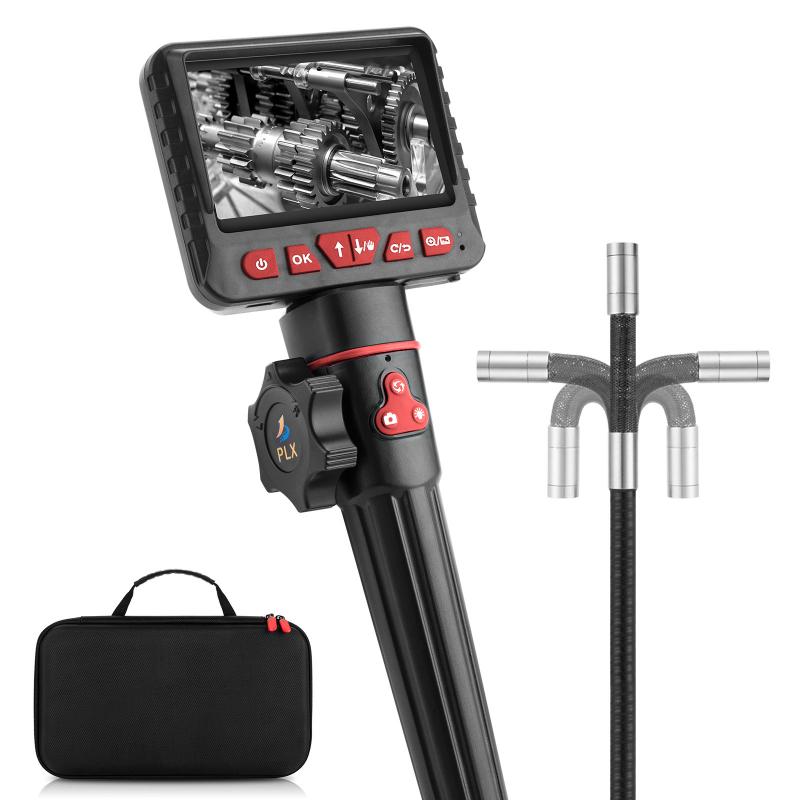
3、 Working channel size
The size of a throat endoscope can vary depending on the specific model and manufacturer. However, one important aspect to consider is the working channel size. The working channel is the space within the endoscope that allows for the insertion of instruments such as forceps, biopsy tools, and suction devices. The size of the working channel can range from 1.2mm to 4.2mm, with larger channels allowing for the use of larger instruments.
In recent years, there has been a trend towards using smaller working channels in endoscopes. This is due to advancements in technology that allow for the development of smaller instruments that can still provide effective diagnostic and therapeutic capabilities. Smaller working channels also have the advantage of reducing patient discomfort during the procedure.
However, there are also limitations to using smaller working channels. For example, smaller channels may not be able to accommodate larger instruments needed for certain procedures. Additionally, smaller channels may be more prone to clogging, which can affect the quality of the procedure.
Overall, the size of the working channel in a throat endoscope is an important consideration when selecting an endoscope for a specific procedure. While smaller channels may offer advantages in terms of patient comfort and technological advancements, it is important to balance these benefits with the need for effective diagnostic and therapeutic capabilities.

4、 Field of view
The size of a throat endoscope can vary depending on the specific model and manufacturer. However, the most important aspect of an endoscope is its field of view. The field of view refers to the area that can be seen through the endoscope's lens. A larger field of view allows for a more comprehensive examination of the throat and surrounding areas.
In recent years, there have been advancements in endoscope technology that have improved the field of view. For example, some endoscopes now have a wider angle lens, which allows for a larger field of view without sacrificing image quality. Additionally, some endoscopes now have high-definition cameras, which provide a clearer and more detailed image of the throat.
The size of the endoscope itself can also impact the field of view. A smaller endoscope may be more maneuverable and able to reach tighter spaces, but it may have a smaller field of view. Conversely, a larger endoscope may have a wider field of view, but may be more difficult to maneuver.
Overall, the size of a throat endoscope is important, but the field of view is the most critical factor in determining the effectiveness of the device. As technology continues to advance, we can expect to see further improvements in endoscope design and functionality.
